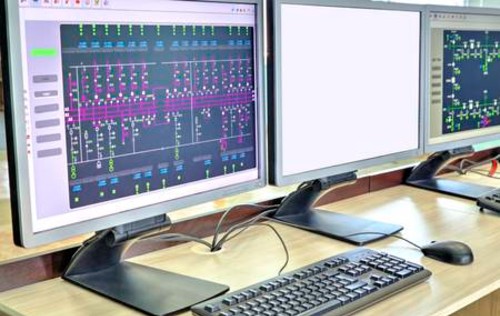Biopharma CIP Design Study
Project Brief
The project objective was to re-design the CIP system for the post-virus inactivation part of a biopharmaceutical process with state-of-the-art equipment and practices and to standardise the approach to CIP monitoring and reporting for the client site, located in mainland Europe.
The key project drivers were as follows:
- Minimize on-going validation requirements
- Reduce energy and chemical usage
- Instruments and automation for monitoring all CPPs and batch reporting/release 21CRF11 and Annex 11 compliance
- Standardisation of CIP recipes
- Avoid safety issues, compliance events and functional failures
- Resolve PLC obsolescence
- Ready for future expansion
The Solution
A detailed review of the existing CIP process and the key CIP parameters for all users was completed. The CIP users in scope included fixed vessels, freeze dryers, COP stations and mobile vessels. FDT analysed the scheduling of users and identified how many CIPs may run in parallel. Design options with varying degrees of flexibility, redundancy and efficiency were presented to the client.
A concept design and masterplan for implementation was developed. TOC measurement was incorporated into the concept with an innovative design to allow gathering of TOC data but minimising expenditure on instrumentation.
The project was a successful collaboration between FDT, the client team and an external automation company. The resulting concept design satisfied all requirements from the URS and provided a blueprint for expansion of the plant CIP system.
Key Activities
1. Review of Design Brief, URS
2. Analysis of requirements for each CIP user and frequency of use, interactions
3. Present design options at client workshop
4. Develop Basis of Design document which includes
- Outline Functional Specification
- Process Descriptions
- Preliminary P&IDs and layouts
- Control system architecture
- Mechanical scope of work
- Electrical scope of work
- Clean Utilities usage and loading.
5. Constructability Review / Design Risk Assessment
6. Costs Review (CAPEX and OPEX)
7. Close-Out Workshop with client

 Call
Call


